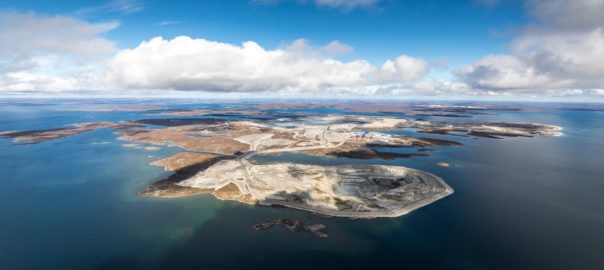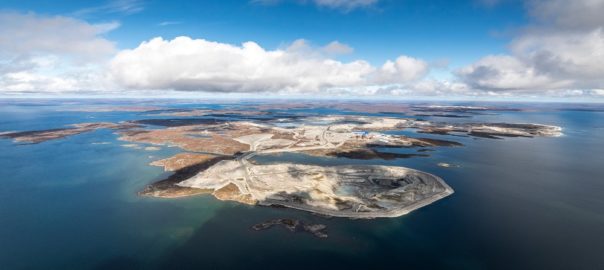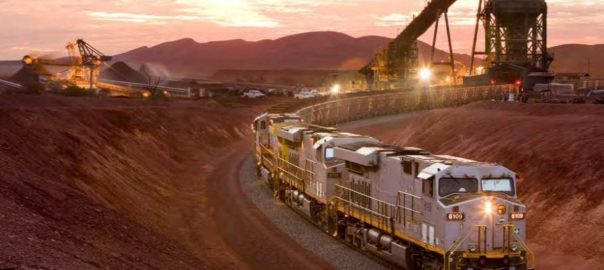Two new 5.25 MW solar farms will be built on Gumatj and Rirratjingu country on the Gove Peninsula in the Northern Territory of Australia, as Rio Tinto works to secure a more sustainable power supply for the region beyond mining, the company says.
The solar farms will be built on Rio Tinto leases, following agreement with the Gumatj and Rirratjingu Traditional Owner Groups on the location of the facilities, and will help underpin a low-carbon future for the Gove community after mining operations cease, towards the end of the decade.
Aggreko will construct, own and operate the solar farms for Rio Tinto for up to 10 years, beginning construction in July 2024 and with completion scheduled for early 2025. The two sites will have combined capacity of 10.5 MW.
Rio Tinto Gove Operations Acting General Manager, Shannon Price, said: “The Gove solar project is part of our shared vision with Traditional Owners to leave a positive legacy for the Gove Peninsula communities after bauxite mining ceases. We’re excited to work with the Gumatj and Rirratjingu clans to provide an opportunity to secure alternative electricity generation assets on their country and to discuss opportunities to commercialise energy infrastructure in the future.
“The solar farms are also part of our ongoing commitment to decarbonise our business. Once operational, they are expected to reduce annual CO2e emissions at our Gove operations by up to 17%. We intend for these farms to underpin sustainable power for the region beyond mining.”
When complete, the solar farms are expected to reduce the region’s annual diesel consumption by about 20%, or 4.5 million litres a year, and lower annual carbon emissions by over 12,000 t.
George Whyte, Managing Director of Aggreko Asia Pacific, said his team has delivered many similar applications to the one at Gove and their focus now is working safely and respectfully with the local custodians of the land.
This news came a day after Rio Tinto’s Diavik diamond mine announced the completed installation of its 3.5 MW capacity solar power plant in Canada’s Northwest Territories.
The project represents the largest off-grid solar power plant across Canada’s territories, with the 6,620-panel facility expected to generate 4.2 million kWh/y of solar energy, reducing diesel consumption at Diavik by 1 million litres per year and cutting greenhouse gas (GHG) emissions by 2,900 t of CO2 equivalent.
The solar power plant will provide up to 25% of Diavik’s electricity during closure work, with commercial production at the mine expected to end in 2026 and closure to run until 2029. The facility is equipped with bi-facial panels which not only generate energy from direct sunlight, but also from the light that reflects off the snow that covers Diavik for most of the year.
The solar project complements a wind power plant at Diavik, which has been operating since 2012 and is the largest wind power installation in Canada’s North, having generated over 195 million kWh of electricity since activation.
The project was supported by C$3.3 million ($2.4 million) in funding from the Government of the Northwest Territories’ Large Emitters GHG Reducing Investment Grant Program.
Construction began in February 2024, contracted to Whitehorse-based Solvest Inc. and the Indigenous-owned Tłıchǫ Investment Corporation, with support from Diavik. Approximately 30% of the construction workforce came from the Tłıchǫ Investment Corporation.










